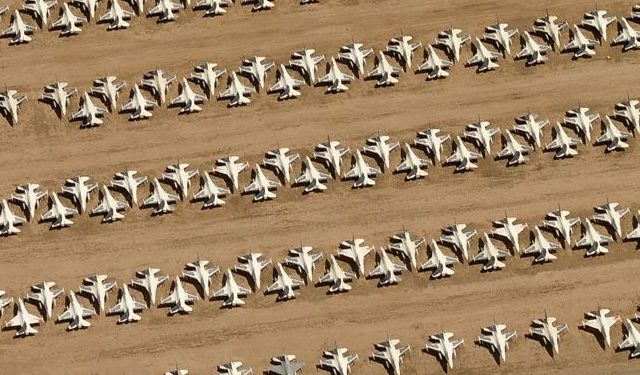The United States manufactured about 294,000 aircraft for the World War II effort. Once peace was assured, the U.S. military had a huge surplus of aircraft. By the summer of 1945, sales-storage depots, or “aircraft boneyards”, were in operation to deal with nearly 120,000 surplus aircraft.
After WWII, military aircraft had three possible fates:
1) sale to a private entity
2) scrapping, or
3) long-term storage.
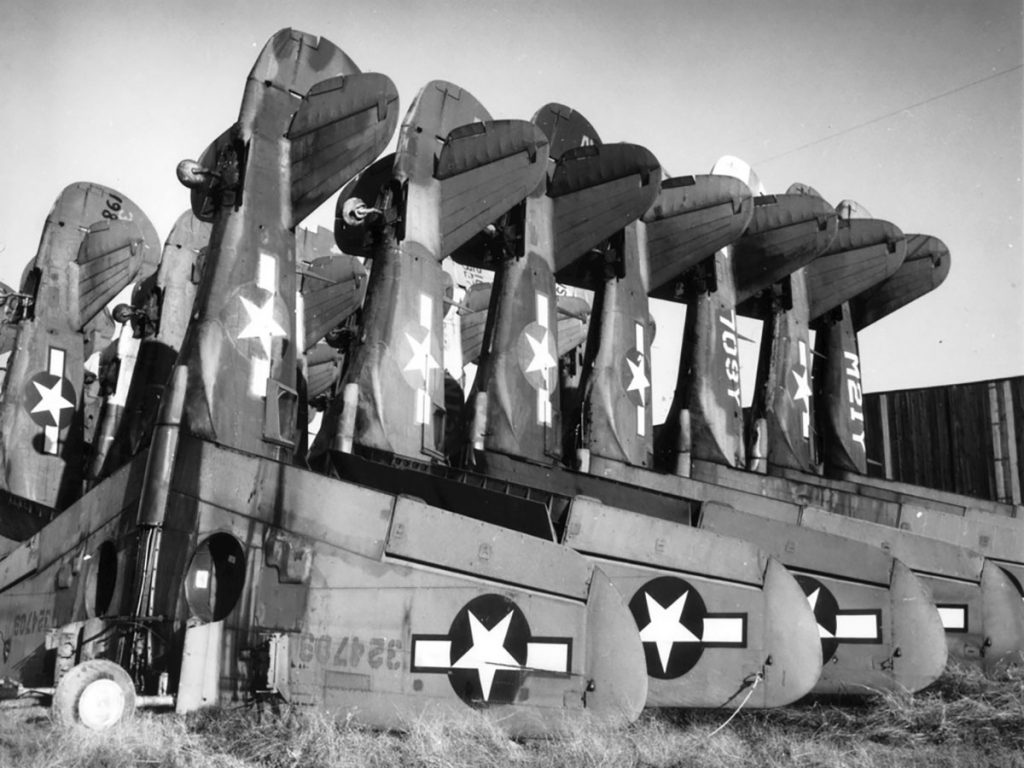
If a plane was not sold at boneyards such as those at Kingman AAF, Cal-Aero Field/Ontario, or Walnut Ridge AAF, it was stripped of classified information, sliced up with guillotines, and melted in smelters into ingots. Thousands of military planes had been scrapped by 1947.
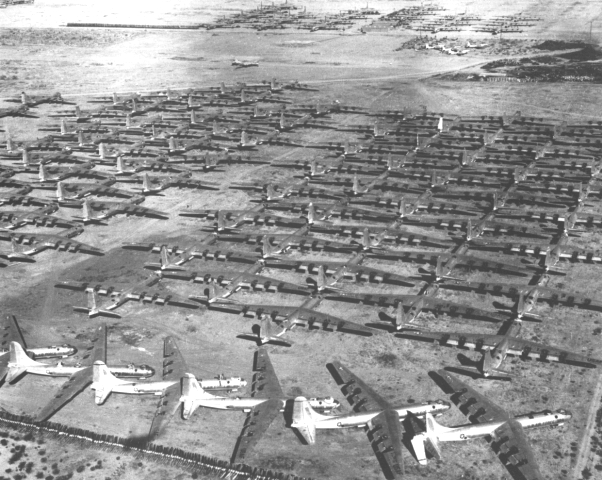
C-135 aircraft at AMARGKC-135 tankers in storage at Davis-Monthan AFB’s AMARG facility
Newer aircraft such as the B-29 Superfortress were held in long-term storage for future recall to active duty during the Korean War and the Cold War.
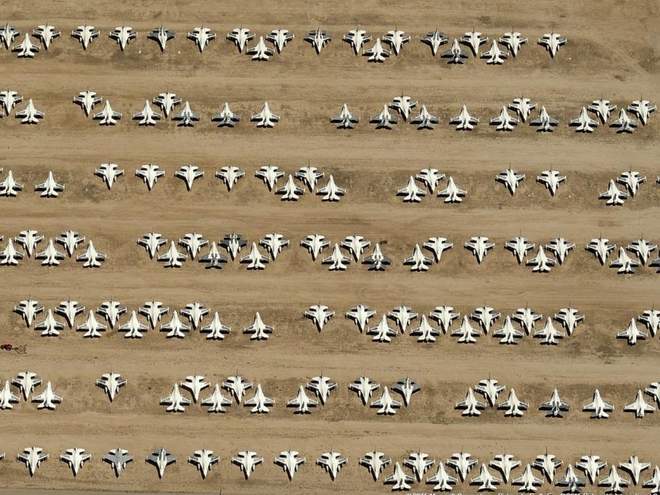
Today, surplus U.S. military planes are stored in the largest airplane boneyard in the world, operated by the 309th Aerospace Maintenance and Regeneration Group AMARG at Davis-Monthan Air Force Base in Tucson.
The largest “plane graveyard” in the world where more than 4,400 aircraft are collecting dust in the Arizona desert can be explored in intricate detail.
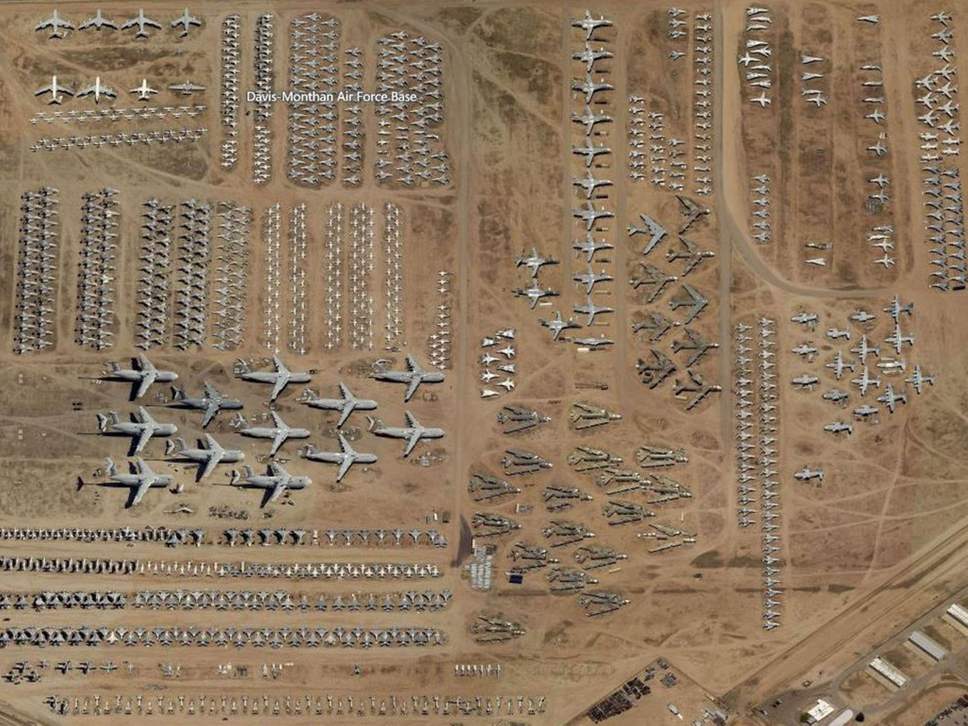
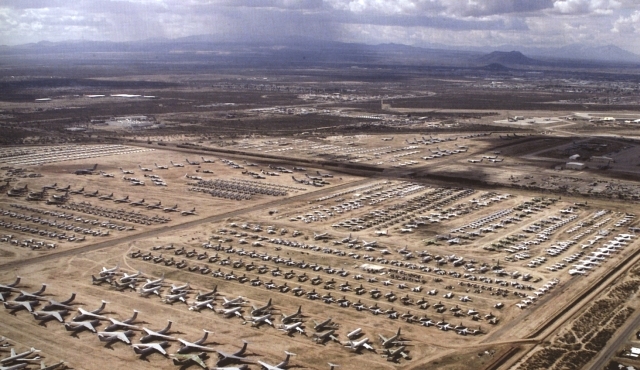
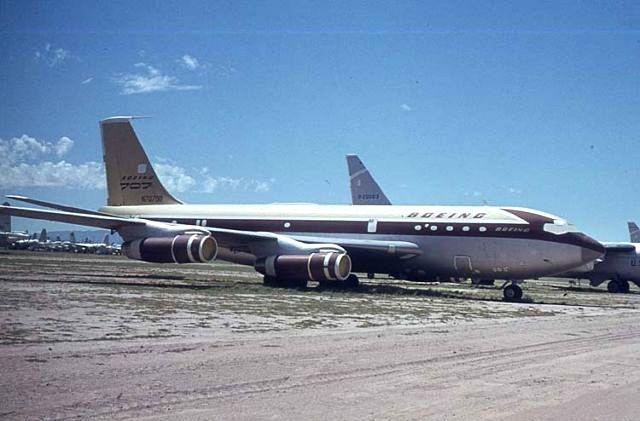
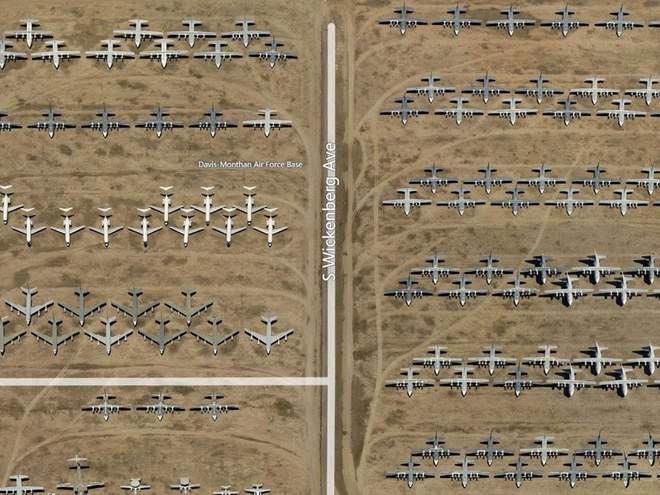
A high definition interactive map produced by Bing shows the US military planes of all shapes and sizes lined up in meticulous rows on the reddish earth.
Zooming in in “bird’s eye” mode shows them in three-dimensional detail, with decommissioned fighters coated in protective sheeting and covered in white to protect them from the baking sun.
“Each of the storage yards typically performs a variety of functions from storing aircraft that are temporarily out of service but expected to return to the fleet, to reclaiming useable parts which are inspected, overhauled, and then held until needed by active aircraft, to dismantling of the aircraft carcasses.”
AGENCIES
Also Read:


